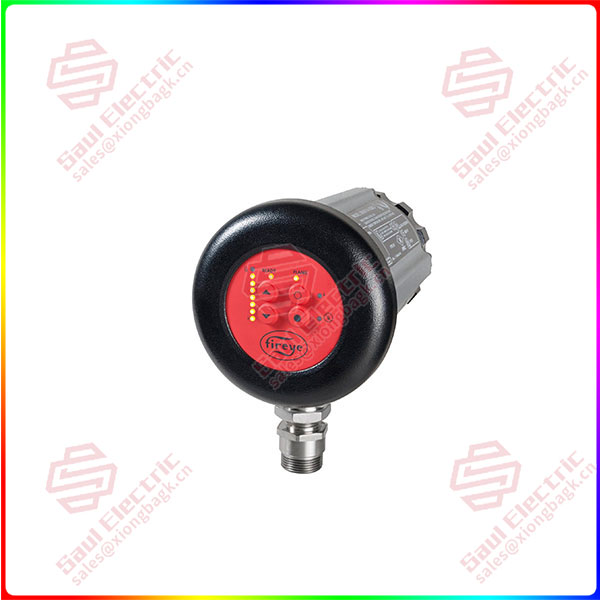Omron (Omron), a well-known Japanese manufacturer of industrial control systems and electronic components, has announced a global workforce optimization program aimed at optimizing the cost structure by adjusting staffing, thereby driving profitable growth.
According to the announcement, Omron plans to cut about 2,000 jobs globally, including 1,000 jobs in Japan and 1,000 jobs overseas. This move is one of the management strategies adopted by the company under the “NEXT2025” structural reform plan.
85UVF1A-1QD For employees in Japan, Omron plans to accept applications for voluntary retirement from April 10 to May 31 for full-time and senior employees who have been with the company for three years and are at least 40 years old as of July 20, 2024. The plan is expected to result in a reduction of about 1,206 employees in Japan.
At the same time, Omron’s overseas layoffs are also underway, with specific results yet to be announced.
It is worth noting that this reduction plan is expected to incur a one-time cost of approximately 28 billion yen, which Omron has included in its full-year consolidated financial forecast for fiscal year 2024 (starting May 8, 2024).
Earnings documents show that Omron’s performance in the 2023 fiscal year showed a downward trend, with net sales declining from the previous fiscal year. Among them, the healthcare business benefited from the recovery in many places, especially the increased demand for blood pressure monitors and other healthcare devices; The social systems, solutions and services business is also benefiting from the growing demand for renewable energy. However, the industrial automation business saw sales decline year-over-year due to weak global manufacturing capital investment demand and distributor inventory adjustments. At the same time, the device and module solutions business experienced a significant decline due to weak demand from the consumer industry.
Omron performance in the past five years
In terms of the performance of the group’s business in 2023, Omron pointed out that although it has achieved significant results in price optimization and variable cost control, the company’s gross profit margin has shown a year-on-year decline due to changes in the business structure and product mix, as well as the negative impact of inventory overhang and writedowns in the industrial automation business. In addition, selling, general and administrative expenses increased throughout the year due to higher personnel costs due to inflation, as well as the company’s increased investment in selective and systems investments.

85UVF1A-1QD
Under the combined influence of the above multiple factors, Omron Group’s operating income declined significantly compared with the same period last year, and the net income of shareholders also decreased significantly by 8.1 billion yen. In particular, the reappraisal loss of JMDC Inc. ‘s stock became one of the significant factors in the decrease in net income. After excluding this special loss, Omron shareholders’ net income still amounted to 20.1 billion yen, but this was still down 72.8% compared to the previous year.
85UVF1A-1QD Special attention was paid to Omron’s Industrial automation business (IAB), whose net sales accounted for 48 percent of the group’s total sales, but net sales in this business segment fell to 393,572 million yen in fiscal year 2023 from 485,738 million yen a year earlier.
In the past five years, Omron automation business growth comparison
In the past five years, Omron Automation business performance
01. About Omron
In 1933, Omron was founded in Kyoto, Japan. Its headquarters is located here, a wide range of products, covering industrial automation control systems, electronic components, automotive electronics, social systems and health and medical equipment, a wide range of products, up to hundreds of thousands of kinds.
The founder of Omron, Kazujin Tateishi, was born on September 20, 1900. After graduating from university, he worked as an electrical engineer at the Hyogo Prefectural Office, and then joined Inoue Electric Manufacturing Institute, where he devoted himself to the localization research of “inductive protective relays”. In 1930, Kazujin Tateishi founded the “Color Light Society”. With a wealth of practical experience, he founded the Tachishi Motor Manufacturing Company in 1932, which was the predecessor of Omron. In the early days, the company mainly produced timers and protective relays for X-ray photography.
After the end of World War II, Lishi Electric opened the road of diversified development, involved in the production of electronic stoves, women’s hair dryers and many other products. In 1950, the company was restructured into a limited company, named “Omron Electric Machinery Co., LTD.”, thus opening a new chapter of Omron. With the continuous progress of the company, in 1990, the company’s name and brand were unified, both “Omron Corporation”, and gradually moved towards the process of globalization.
 1 Year Warranty
1 Year Warranty





